WHETHER we like it or not, electric vehicles are going to play a big part in the future of transportation, but driving an electric car doesn’t necessarily mean you have to give up old-school style. We’ve seen old cars converted to electric vehicles before, such as the WB Holden ute built in South Australia, the 12-second Torana race car from New Zealand, and Neil Young’s electric Lincoln but this is the latest one: Evie, the electric ’57 Ford Fairlane built by one of NZ’s biggest electricity companies, Mercury.
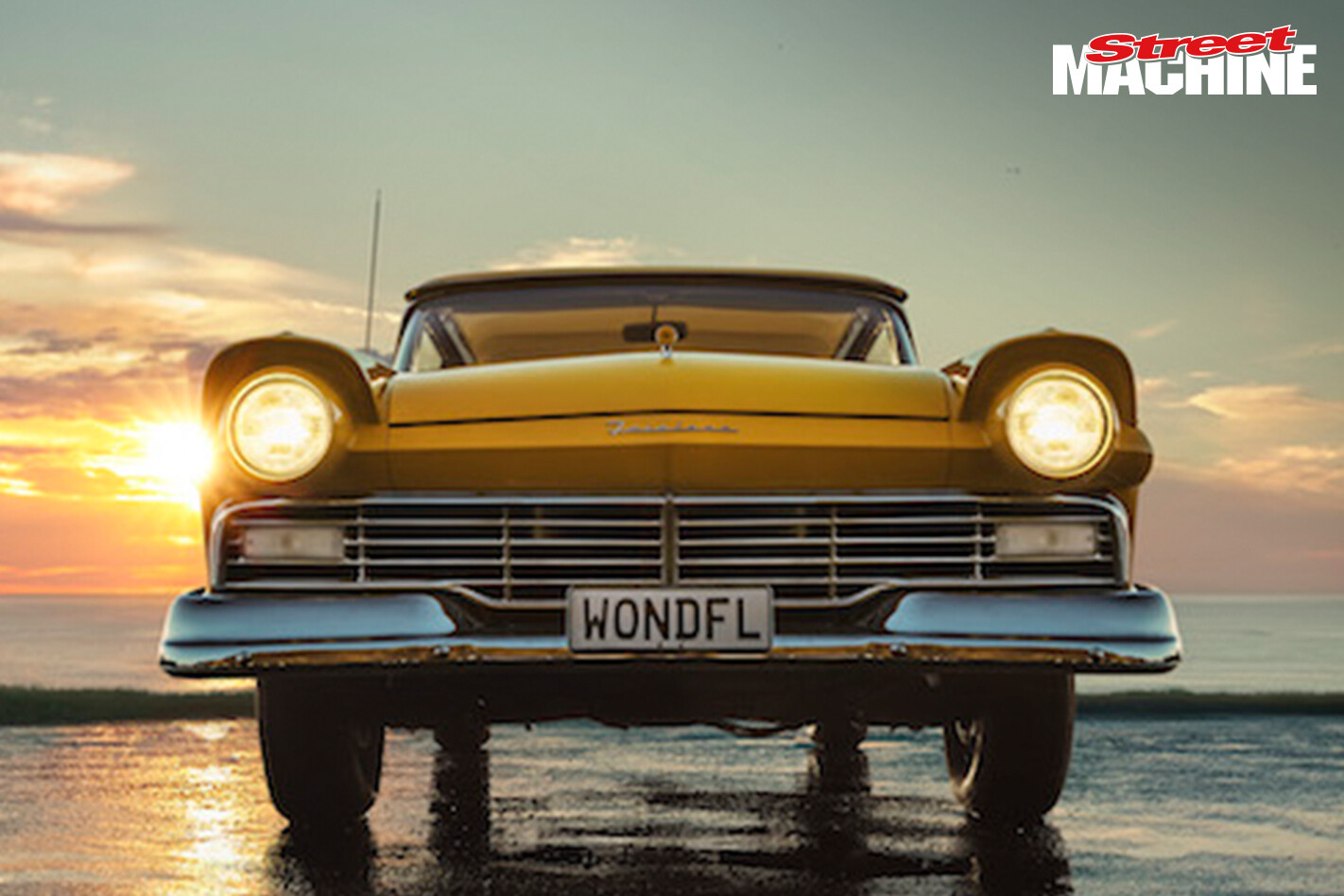 Mercury’s vehicle fleet is 70 per cent electric or hybrid cars, but the company wanted to build something a bit more unique to showcase how electric vehicle technology could be adapted to an old car. The Fairlane started out with V8 power, before all of its running gear was stripped out to make way for a Siemens electric motor out of a German bus.
Mercury’s vehicle fleet is 70 per cent electric or hybrid cars, but the company wanted to build something a bit more unique to showcase how electric vehicle technology could be adapted to an old car. The Fairlane started out with V8 power, before all of its running gear was stripped out to make way for a Siemens electric motor out of a German bus.
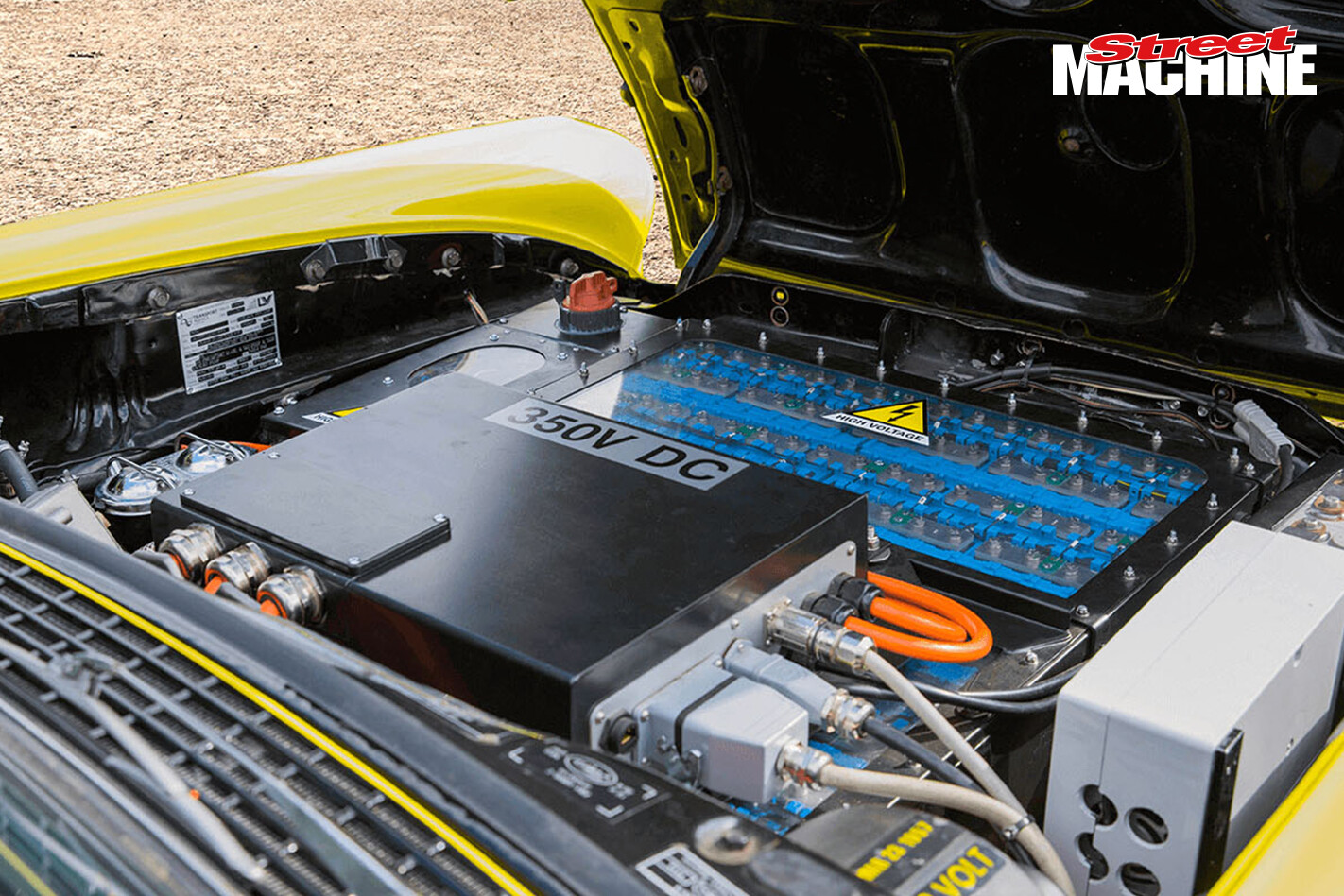 The motor is powered by 218 battery cells weighing around 400kg, which provide 50kWh of capacity – enough for around 120km of silent electric drive. While its range might not be nearly as good as a modern electric car like a Tesla with a range of over 500km, it only takes two hours for a full charge, and the car has a conventional automatic gearbox and rear-wheel drive.
The motor is powered by 218 battery cells weighing around 400kg, which provide 50kWh of capacity – enough for around 120km of silent electric drive. While its range might not be nearly as good as a modern electric car like a Tesla with a range of over 500km, it only takes two hours for a full charge, and the car has a conventional automatic gearbox and rear-wheel drive.
The electric motor is positioned where the old petrol engine sat, and the gearbox is in roughly its normal position too. Kiwi engineer Scott Osbourne set up the motor with his own custom-built AC motor controller and gearbox control software to make Evie drive like a normal car; the motor even continues to idle when the throttle isn’t pressed.
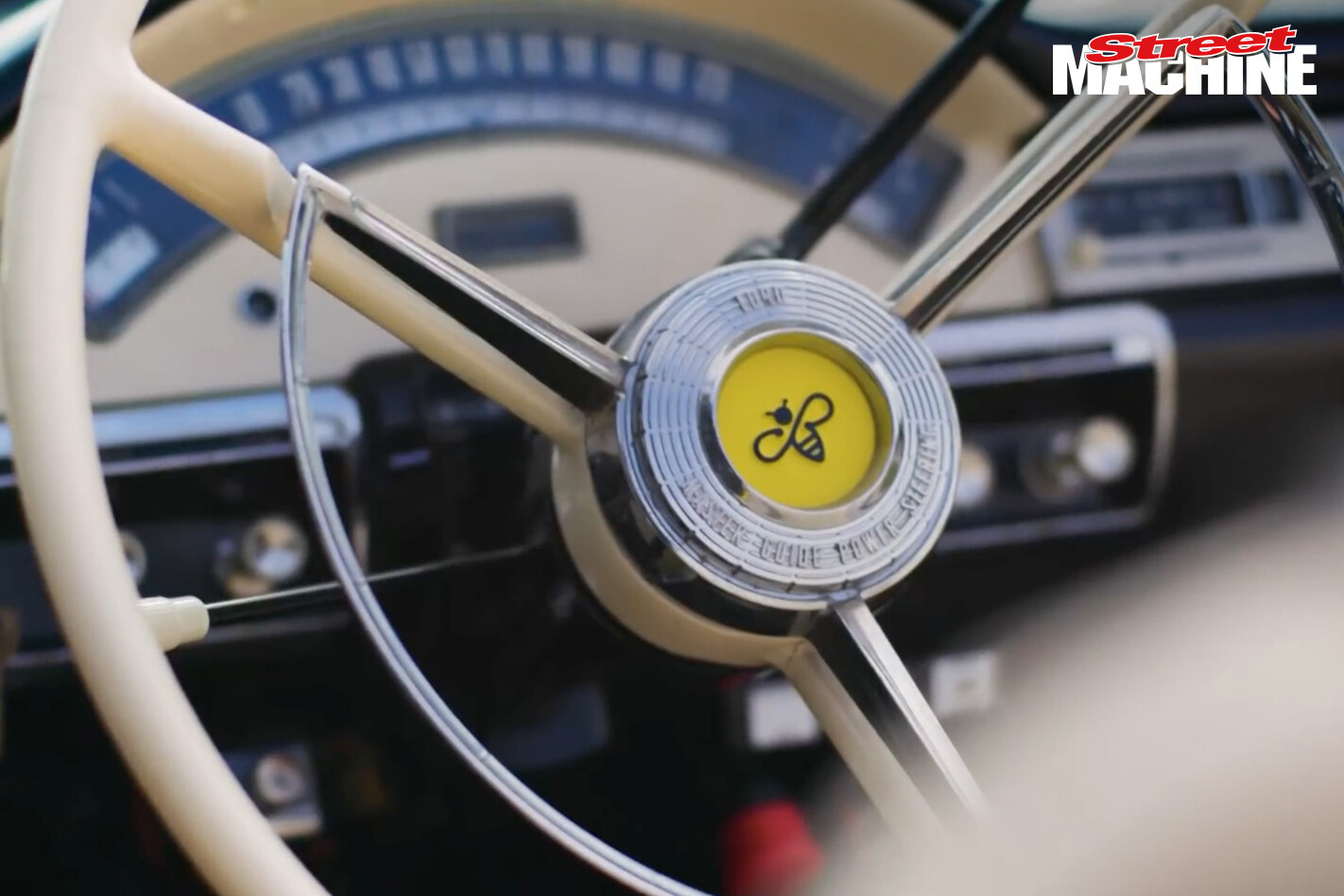 There are around 500 electric vehicle charging points across New Zealand, and the Mercury crew have completed a number of road trips across the country in Evie. But with only 120km of range per charge from the Fairlane, while it may be cheaper to go road-tripping on electricity, it will definitely take you a lot longer than with a good old-fashioned internal combustion car.
There are around 500 electric vehicle charging points across New Zealand, and the Mercury crew have completed a number of road trips across the country in Evie. But with only 120km of range per charge from the Fairlane, while it may be cheaper to go road-tripping on electricity, it will definitely take you a lot longer than with a good old-fashioned internal combustion car.
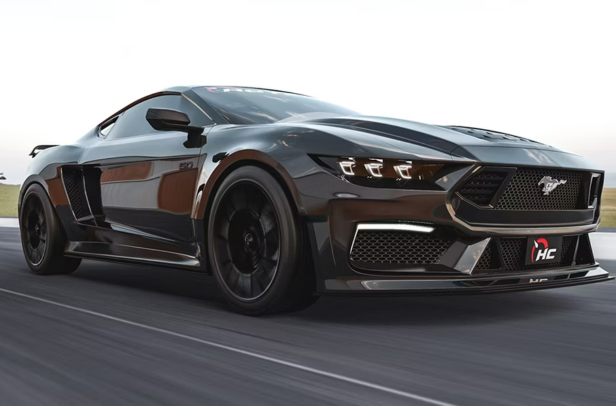
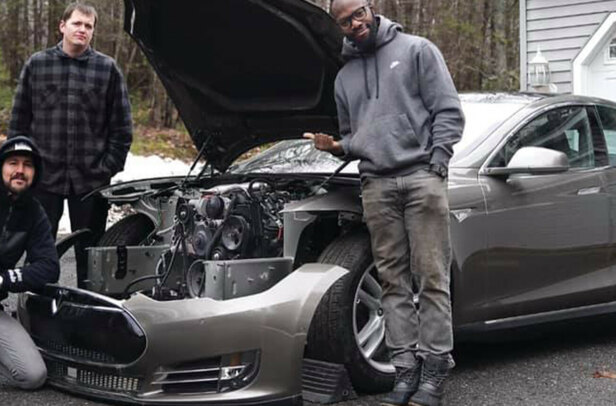
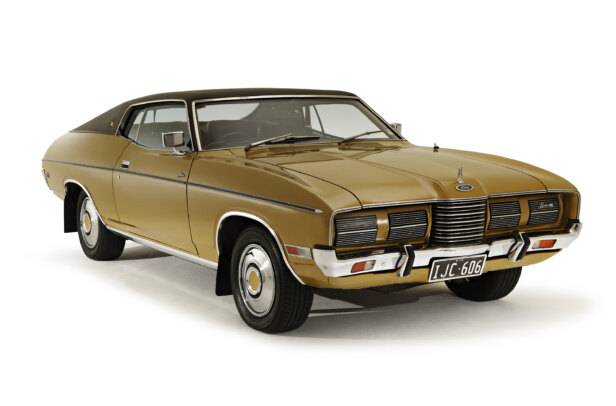
Comments